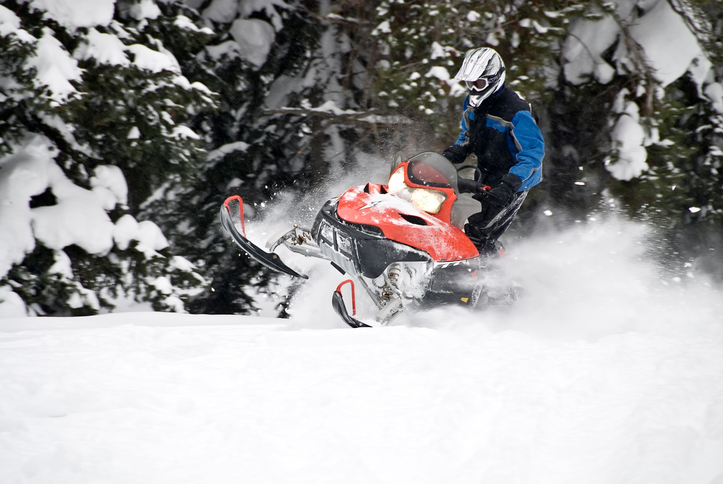Preparing Your Vehicles for Winter Includes Your Snowmobile
It’s almost time to hit the snow, but taking your snowmobile for its first spin of the season requires some serious preparation—particularly if you weren’t great about making the recommended preparations before bedding it down for summer. Here’s a general checklist to help you through your pre-season sled inspection.
Snowmobile Pre-Season Inspection Checklist
- Wash your snowmobile to get rid of leftover salt or any grit that settled over the summer.
- Check your clutch and its belt for signs of damage or corrosion.
- Replace your engine and transmission oil, and top off low brake fluid and coolant. (Make sure the products you use follow your sled’s specs.)
- Inspect your fuel tank for cracks or leaks. Drain out any gas that’s been sitting in the tank since last winter.
- Make sure you have oil in your chaincase, and if that oil is low or dirty, change it.
- Swap out old filters, and replace spark plugs.
- Clean your carburetor. A dirty carb is the most common cause of engine failure.
- If your machine is fuel-injected, add fuel stabilizer and run the sled at a low RPM, to make sure the stabilized fuel reaches all the injectors.
- Charge your battery overnight, and if its voltage reads low, spring for a new one.
- Check your engine for rust, drive belt wear, and damaged engine mounts.
- Test your headlights and indicator lights, and replace burnt-out bulbs. (And if any warning lights come on, make an appointment with your mechanic.)
- Check your idler wheel for cracks, missing rubber, and failed bearings.
- Inspect your track for damage and dry rot, and adjust its tension and alignment as needed. Make sure the studs are tight and all lugs and track clips are in good condition.
- Put your sled on a stand and go over its suspension carefully. Make sure your drive axle and sprocket assembly are in prime shape, that your ball joints are secure, and that there are no cracks in the suspension arms or skid frame. Check your wheels to make sure they’re not stuck or wobbly.
- If you didn’t grease the suspension, skid, and steering points before putting your machine away last winter, do this now. In fact, you should lightly lubricate your entire machine at all the points outlined in your manual.
- Inspect your skis for cracks, holes, cuts, or other damage. Make sure your runners are straight, and replace your carbides as needed.
- If your pull cord is frayed, replace it.
- Check your throttle, clutch, oil cables, fan, and water pump for damage.
- Finally, make sure no rodents have nested your air intake and exhaust pipes. And if you plugged these pipes over the summer, don’t forget to remove the plugs.
Remember that even with fantastic preparation, anything can happen out there. So ride with supplies—extra spark plugs, a spare drive belt, and a snowmobile repair kit. And be sure to check weather and trail conditions before heading out. (The Colorado Snowmobile Association is a great resource to bookmark.) Always set out with a well-charged mobile device, a GPS if you’ll be out of cell phone range, and a friend. (It’s much safer to travel with other snowmobilers than alone.)
Happy trails!
Is your snowmobile insurance up-to-date? Get in touch with an agent today!

